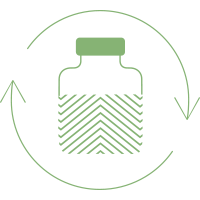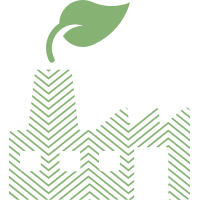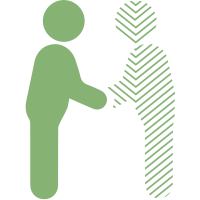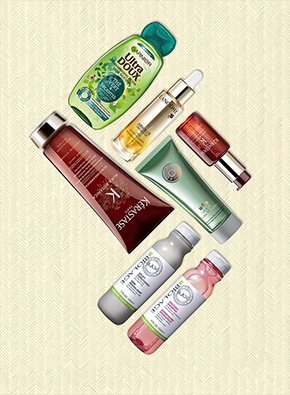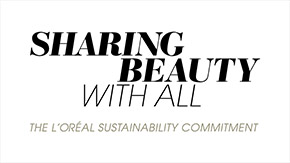Corporate Social
Responsibility
Combining economic growth with ambitious sustainable development commitments
A new way of innovating
82% of L’Oréal products in 2016 have an improved environmental or social profile. The group is aiming for 100% in 2020. To achieve this ambitious target, the group is focusing on several different aspects, including improving the water footprint of formulas, using raw materials that are renewable or based on green chemistry, and optimising packaging.
Moving towards "zero deforestation" guaranteed palm oil
In June 2016, L'Oréal published its first palm oil sourcing progress report. It reviews the strategy and initiatives introduced by the group to ensure a sustainable approach to sourcing palm oil.
